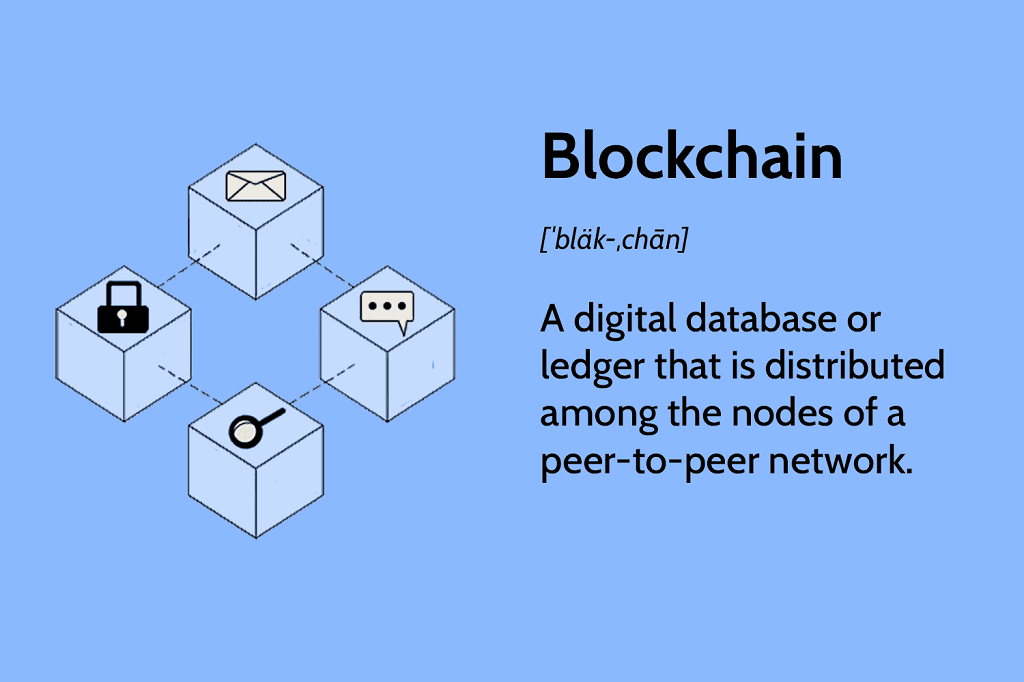How Sequencers Boost Blockchain Scalability
 Navya Srivastava
Navya Srivastava
Introduction
Blockchain technology has revolutionized various industries, but scalability remains a significant challenge. As the number of transactions increases, the network's capacity can become overwhelmed, leading to congestion and increased transaction fees. To address this issue, a novel concept has emerged: sequencers.
What is a Sequencer?
A sequencer is a specialized node in a blockchain network that is responsible for ordering transactions and creating blocks. Unlike traditional proof-of-work (PoW) or proof-of-stake (PoS) consensus mechanisms, where nodes compete to mine or validate blocks, sequencers operate in a centralized or semi-centralized manner.
How do Sequencers Work?
Transaction Pooling: Sequencers collect transactions from various sources, such as wallets or dApps, and store them in a transaction pool.
Ordering Transactions: The sequencer then applies a set of rules to order the transactions. These rules can be based on factors such as fees, time stamps, or other predefined criteria.
Block Creation: Once a sufficient number of transactions have been ordered, the sequencer creates a new block containing the transactions and appends it to the blockchain.
Consensus: To ensure the validity of the block and prevent malicious actors from manipulating the transaction order, the sequencer submits the block to a consensus mechanism for verification. This can be a traditional PoW or PoS mechanism, or a specialized consensus algorithm designed for sequencers.
Pros of Sequencers
Scalability: By offloading the task of transaction ordering to centralized or semi-centralized entities, sequencers can significantly improve the throughput of the blockchain network.
Reduced Latency: Sequencers can reduce the time it takes for transactions to be confirmed, as they can process transactions more quickly than a decentralized consensus mechanism.
Lower Transaction Fees: With increased throughput and reduced latency, sequencers can help to lower transaction fees.
Cons of Sequencers
While sequencers offer significant benefits in terms of scalability and performance, they also have certain drawbacks:
Centralization or Semi-Centralization: One of the primary concerns with sequencers is that they introduce a degree of centralization or semi-centralization into the blockchain network. This can raise questions about trust, security, and censorship resistance.
Single Point of Failure: If a sequencer fails or becomes compromised, it can disrupt the entire network. This makes the system vulnerable to attacks and outages.
Complexity: Implementing and operating sequencers can be complex, requiring specialized knowledge and infrastructure. This can increase the cost and difficulty of deploying sequencer-based blockchains.
Potential for Abuse: Sequencers have the power to control the order of transactions, which could be exploited for malicious purposes. For example, a sequencer could prioritize transactions that benefit its operator or discriminate against certain types of transactions.
Trade-off with Decentralization: While sequencers can improve performance, they often come at the expense of decentralization. This can be a trade-off that some users may not be willing to accept.
Data-Driven Insights
To illustrate the benefits of sequencers, let's analyze some data:
Transaction Throughput: Sequencer-based blockchains like Optimism and Base have demonstrated significantly higher transaction throughput compared to Ethereum's mainnet. For example, Optimism has been able to process thousands of transactions per second, while Ethereum's mainnet typically handles a few hundred.
Transaction Fees: Sequencers can reduce transaction fees by increasing network capacity and reducing congestion. Data shows that transaction fees on sequencer-based blockchains are often significantly lower than on Ethereum's mainnet.
Examples of Sequencer-Based Blockchains
Optimism: A layer-2 scaling solution for Ethereum that uses a centralized sequencer and a decentralized consensus mechanism.
Base: A layer-2 scaling solution for Ethereum that uses a centralized sequencer and a decentralized consensus mechanism.
Polygon zkEVM: A layer-2 scaling solution for Ethereum that uses a decentralized sequencer and a zero-knowledge proof-based consensus mechanism.
Conclusion
Sequencers are a promising solution to the scalability challenges faced by blockchain networks. By centralizing or semi-centralizing the task of transaction ordering, sequencers can improve throughput, reduce latency, and lower transaction fees. However, it is essential to carefully consider the trade-offs between performance and decentralization when designing and implementing sequencer-based blockchains.
Subscribe to my newsletter
Read articles from Navya Srivastava directly inside your inbox. Subscribe to the newsletter, and don't miss out.
Written by

Navya Srivastava
Navya Srivastava
Hi! I am Navya, a dedicated coding enthusiast, deeply interested in Web3 technologies and exploring the future of decentralized applications and blockchain innovation.